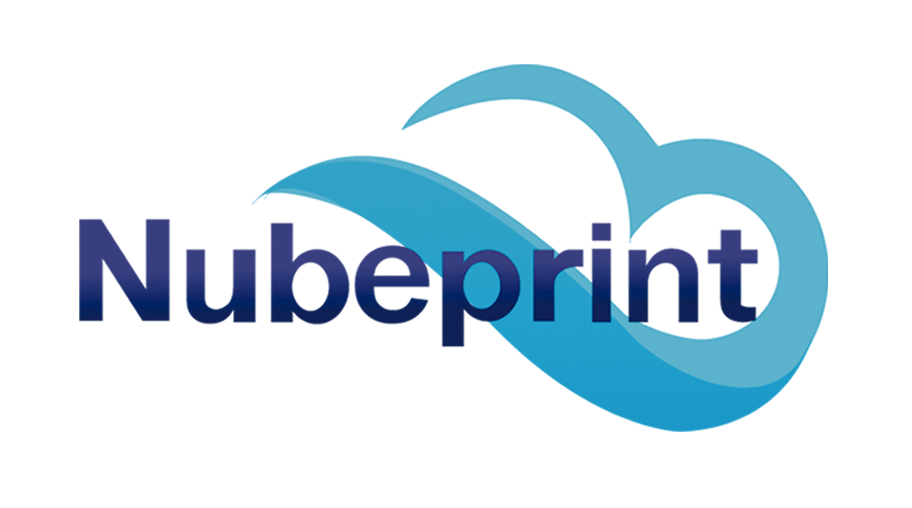Did you know …….?
How the Industrial Internet of Things (IIoT) differs from the traditional Internet of Things (IoT).
The term Internet of Things is nowadays very popular thanks to the countless applications that have appeared in recent times with the aim of making people’s daily lives easier, however, new technologies go much further, with a very important economic potential applied to theindustrial sector, giving rise to what is known as the “Industrial Internet of Things”.
While the Internet of Things and the Industrial Internet of Things have many technologies in common, such as cloud platforms, sensors, connectivity, machine-to-machine communications and data analytics, they are used for different purposes. IoT applications connect devices across multiple verticals and focus their technology on the user, who is targeted to facilitate interaction.
The Industrial Internet of Things (IIoT) is the key element of the fourth industrial revolution (or Industry 4.0), combining machine-to-machine (m2m) processes with human interaction using a network of connected devices, delivering valuable information for smarter business decision-making. In this way, IIoT is capable of driving unprecedented levels of productivity, efficiency and performance that enable industrial companies to improve financial and operational benefits.
Bain & Company (a U.S. process management consulting firm) predicted that industrial IIoT applications will generate more than $300 billion by 2021, twice as much as the consumer IoT segment. In the same vein, IDC Research notes that the top three industries investing in IIoT in 2018 were manufacturing, with a focus on asset management, transportation, with a focus on freight monitoring and fleet management, and utilities, with a focus on smart grids.
For its part, Accenture reported that the IIoT will add $14.2 billion to the economy over the same time period, growing at a compound annual growth rate of 7.3% through 2030.
Source: NTS Sedor, Bain & Company, IDC Research, Accenture, Nubeprint
